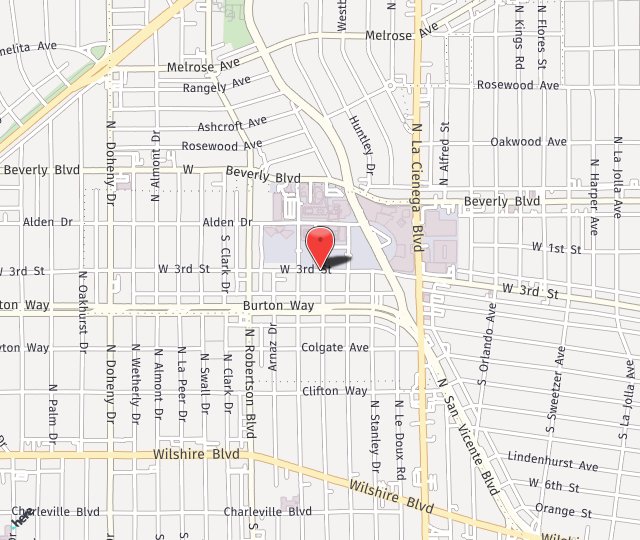When You Have Trouble Lifting the Front of Your Foot — Foot Drop
- Posted on: Jul 15 2020

This is known as foot drop, and it’s a condition that Dr. Seruya needs to check out at his practice, the Los Angeles Nerve Institute.
What happens with foot drop?
As mentioned above, the muscle function in the foot is impacted by a problem with the nerve controlling that muscle. Because the nerve can’t signal the muscle controlling the lifting of the front of the foot, that typical movement where we raise our toes and forefoot to allow the heal to come down first with each step isn’t possible. Now the person will drag the foot, or they will have to awkwardly bring up the thigh to elevate the foot. When that leg comes down, it will likely create a slapping sound as it hits the floor.
What causes foot drop?
The peroneal nerve controls the front of the foot; and it runs through the fibular tunnel on the outside of the knee at the top of the fibula. When a person has peroneal nerve entrapment, the space narrows and begins to cause nerve compression. This is the same situation as carpal tunnel syndrome, which affects the fingers in the hands. Here are the common causes of foot drop:
- Nerve injury — The most common cause is nerve compression due to swelling in the fibular tunnel, which decreases space for the nerve. This pressure can damage the outer lining of the nerve, along with its blood supply. Scar tissue forms and replaces the outer insulation of the nerve. Because scar tissue has replaced the outer lining, the electrical signals cannot travel efficiently across the nerve.
- Muscle and nerve disorders — Various forms of muscular dystrophy can contribute to foot drop, as can other disorders.
- Brain and spinal cord disorders — Multiple sclerosis, ALS, stroke, and other disorders that affect the spinal cord or the brain can cause foot drop.
How does Dr. Seruya treat foot drop?
As with everything except trauma, the first treatments are conservative. Dr. Seruya may splint the patient’s ankle in the neutral position. If obesity is a possible contributor, diet and exercise could be effective. Anti-inflammatory drugs will be used to try and calm inflammation in the fibular tunnel.
If these measures don’t work, Dr. Seruya will use surgery to eliminate the pain and return function. The surgery is known as a fibular tunnel release. It is a nerve decompression procedure where Dr. Seruya makes a small incision along the outside of the knee to gain access to the fibular tunnel. He then creates space in the fibular tunnel for the nerve and its blood supply.
Do you have tingling in your foot, or more advanced signs of foot drop? Please call Dr. Seruya at (310) 423-2129. It’s important to have the condition diagnosed before any permanent nerve damage occurs.
Posted in: Foot Drop

